Selon l’historien de la marque, Marcel Massini, la voiture châssis 1409GT livrée neuve en Italie au Signor Da Silva fut peinte en gris argent avec intérieur en cuir noir et avec quatre freins à disques. En 1960, elle traversa l’Atlantique pour rejoindre l’importateur Ferrari, Chinetti Motors et leur client Vincent Scavo d’Easton (Connecticut). « 1409GT » passa ensuite aux mains de I. Fiedman dans le Massachusetts et, plus tard, le 31 décembre 1987, via le négociant restaurateur de Ferrari, Graber Automobile AG de Berne, au vendeur. À cette date, le bloc moteur avait été remplacé par un bloc correct du même millésime qui reprit le numéro d’origine. Les factures figurant au dossier (en cuir repoussé) de son historique et relatives à la restauration de 1990 font état d’environ 75 000 francs suisses de dépenses. La voiture, entretenue dans la collection privée du propriétaire par son mécanicien employé à plein temps, a été peu utilisée depuis la fin de sa restauration. Plus récemment, « 1409GT » examinée par Ferrari Classiche a obtenue sa précieuse certification dont l’important dossier accompagne la voiture. À un prix attractif et en excellent état général, cette élégante Gran Turismo est proposée avec son historique par Marcel Massini et ses Permis de Circulation et Contrôle technique suisses. Les taxes locales seront dues si la voiture demeure en Europe. Bonhams apportera son concours pour toutes les formalités dont l’application des taxes d’importation réduites (5,5% en France et 5% au Royaume-Uni) si nécessaire. By the early 1960s, road car production had ceased to be a sideline for Ferrari and was seen as vitally important to the company’s future stability. Thus the 250, Ferrari’s first volume-produced model, can be seen as critically important, though production of the first of the line - the 250 Europa, built from 1953 to ’54 - amounted to fewer than twenty. Before the advent of the Europa, Ferrari had built road-going coupés and convertibles in small numbers, usually to special customer order using a sports-racing chassis as the basis. Ghia and Vignale, of Turin, and Touring, of Milan were responsible for bodying many of these, but there was no attempt at standardisation for series production and no two cars were alike. The introduction of the 250 Europa heralded a significant change in Ferrari’s preferred coachbuilder; whereas previously Vignale had been the most popular carrozzeria among Maranello’s customers, from now on Pinin Farina (later Pininfarina) would be Ferrari’s number one choice. True series production began with the arrival of Pininfarina’s ‘notchback’ Coupé on the 250GT chassis, 350 of which were built between 1958 and 1960 within the sequence ‘0841’ to ‘2081’. However, the relatively small scale of production meant that cars could still be ordered with subtle variations according to customer choice, as well as enabling a handful of show cars and ‘specials’ to be constructed on the 250GT chassis. A number of important developments occurred during 250GT production: the original Colombo-designed 128C 3.0-litre engine being superseded by the twin-distributor 128D, which in turn was supplanted in 1960 by the outside-plug 128F engine which did away with its predecessor’s siamesed inlets in favour of six separate ports. Developed from the 1.5-litre unit that powered Ferrari’s first ever sportscar - the Tipo 125C - this supremely versatile engine proved equally at home on both road and track, effectively establishing the worldwide reputation of the marque. On the chassis side, four-wheel disc brakes arrived late in 1959 and a four-speeds-plus-overdrive gearbox the following year, the former at last providing the 250GT with stopping power to match its speed. More refined and practical than any previous road-going Ferrari, yet retaining the sporting heritage of its predecessors, the 250GT is a landmark model of historical significance. According to marquee historian Marcel Massini, chassis number ‘1409GT’ was deliv
Selon l’historien de la marque, Marcel Massini, la voiture châssis 1409GT livrée neuve en Italie au Signor Da Silva fut peinte en gris argent avec intérieur en cuir noir et avec quatre freins à disques. En 1960, elle traversa l’Atlantique pour rejoindre l’importateur Ferrari, Chinetti Motors et leur client Vincent Scavo d’Easton (Connecticut). « 1409GT » passa ensuite aux mains de I. Fiedman dans le Massachusetts et, plus tard, le 31 décembre 1987, via le négociant restaurateur de Ferrari, Graber Automobile AG de Berne, au vendeur. À cette date, le bloc moteur avait été remplacé par un bloc correct du même millésime qui reprit le numéro d’origine. Les factures figurant au dossier (en cuir repoussé) de son historique et relatives à la restauration de 1990 font état d’environ 75 000 francs suisses de dépenses. La voiture, entretenue dans la collection privée du propriétaire par son mécanicien employé à plein temps, a été peu utilisée depuis la fin de sa restauration. Plus récemment, « 1409GT » examinée par Ferrari Classiche a obtenue sa précieuse certification dont l’important dossier accompagne la voiture. À un prix attractif et en excellent état général, cette élégante Gran Turismo est proposée avec son historique par Marcel Massini et ses Permis de Circulation et Contrôle technique suisses. Les taxes locales seront dues si la voiture demeure en Europe. Bonhams apportera son concours pour toutes les formalités dont l’application des taxes d’importation réduites (5,5% en France et 5% au Royaume-Uni) si nécessaire. By the early 1960s, road car production had ceased to be a sideline for Ferrari and was seen as vitally important to the company’s future stability. Thus the 250, Ferrari’s first volume-produced model, can be seen as critically important, though production of the first of the line - the 250 Europa, built from 1953 to ’54 - amounted to fewer than twenty. Before the advent of the Europa, Ferrari had built road-going coupés and convertibles in small numbers, usually to special customer order using a sports-racing chassis as the basis. Ghia and Vignale, of Turin, and Touring, of Milan were responsible for bodying many of these, but there was no attempt at standardisation for series production and no two cars were alike. The introduction of the 250 Europa heralded a significant change in Ferrari’s preferred coachbuilder; whereas previously Vignale had been the most popular carrozzeria among Maranello’s customers, from now on Pinin Farina (later Pininfarina) would be Ferrari’s number one choice. True series production began with the arrival of Pininfarina’s ‘notchback’ Coupé on the 250GT chassis, 350 of which were built between 1958 and 1960 within the sequence ‘0841’ to ‘2081’. However, the relatively small scale of production meant that cars could still be ordered with subtle variations according to customer choice, as well as enabling a handful of show cars and ‘specials’ to be constructed on the 250GT chassis. A number of important developments occurred during 250GT production: the original Colombo-designed 128C 3.0-litre engine being superseded by the twin-distributor 128D, which in turn was supplanted in 1960 by the outside-plug 128F engine which did away with its predecessor’s siamesed inlets in favour of six separate ports. Developed from the 1.5-litre unit that powered Ferrari’s first ever sportscar - the Tipo 125C - this supremely versatile engine proved equally at home on both road and track, effectively establishing the worldwide reputation of the marque. On the chassis side, four-wheel disc brakes arrived late in 1959 and a four-speeds-plus-overdrive gearbox the following year, the former at last providing the 250GT with stopping power to match its speed. More refined and practical than any previous road-going Ferrari, yet retaining the sporting heritage of its predecessors, the 250GT is a landmark model of historical significance. According to marquee historian Marcel Massini, chassis number ‘1409GT’ was deliv
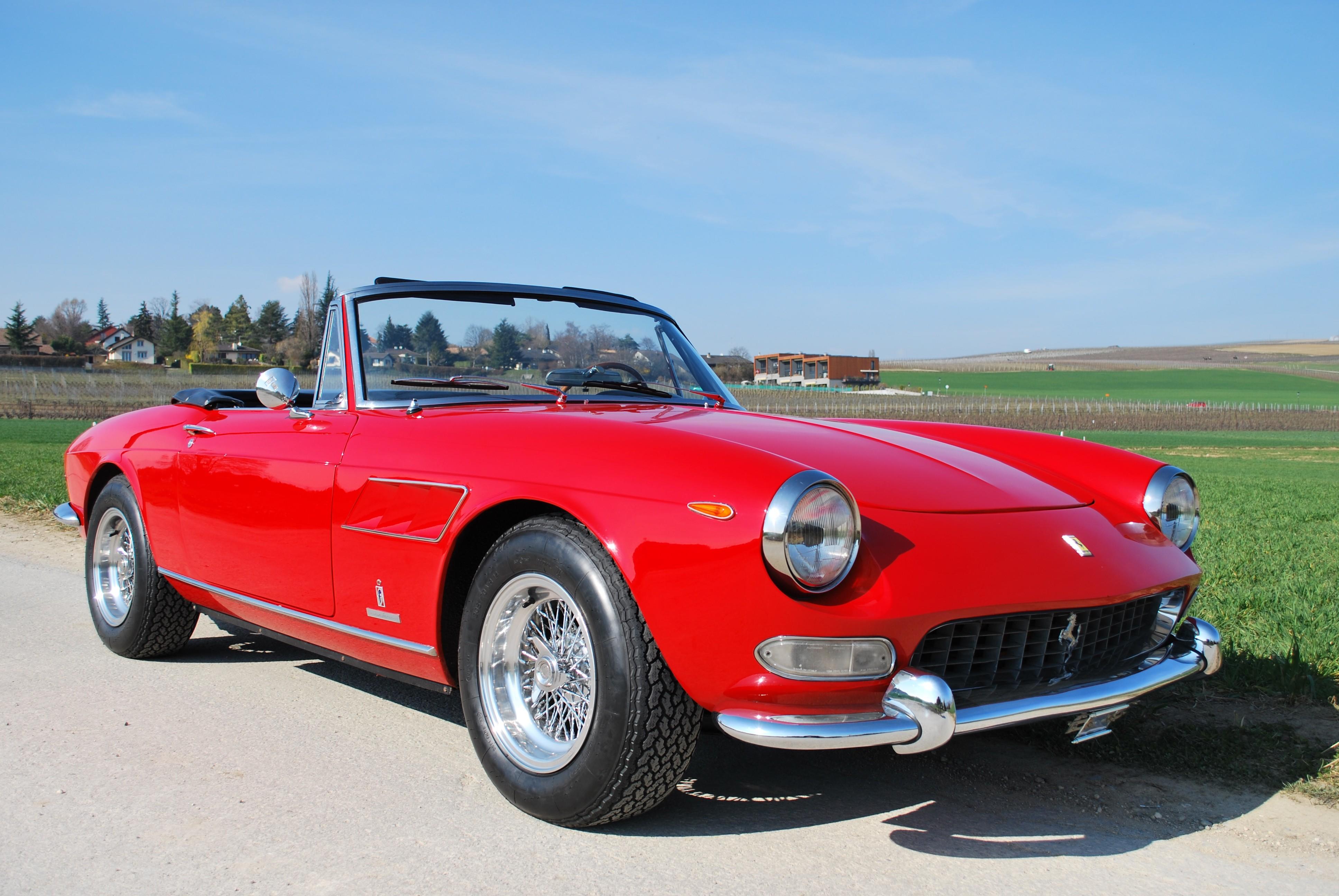

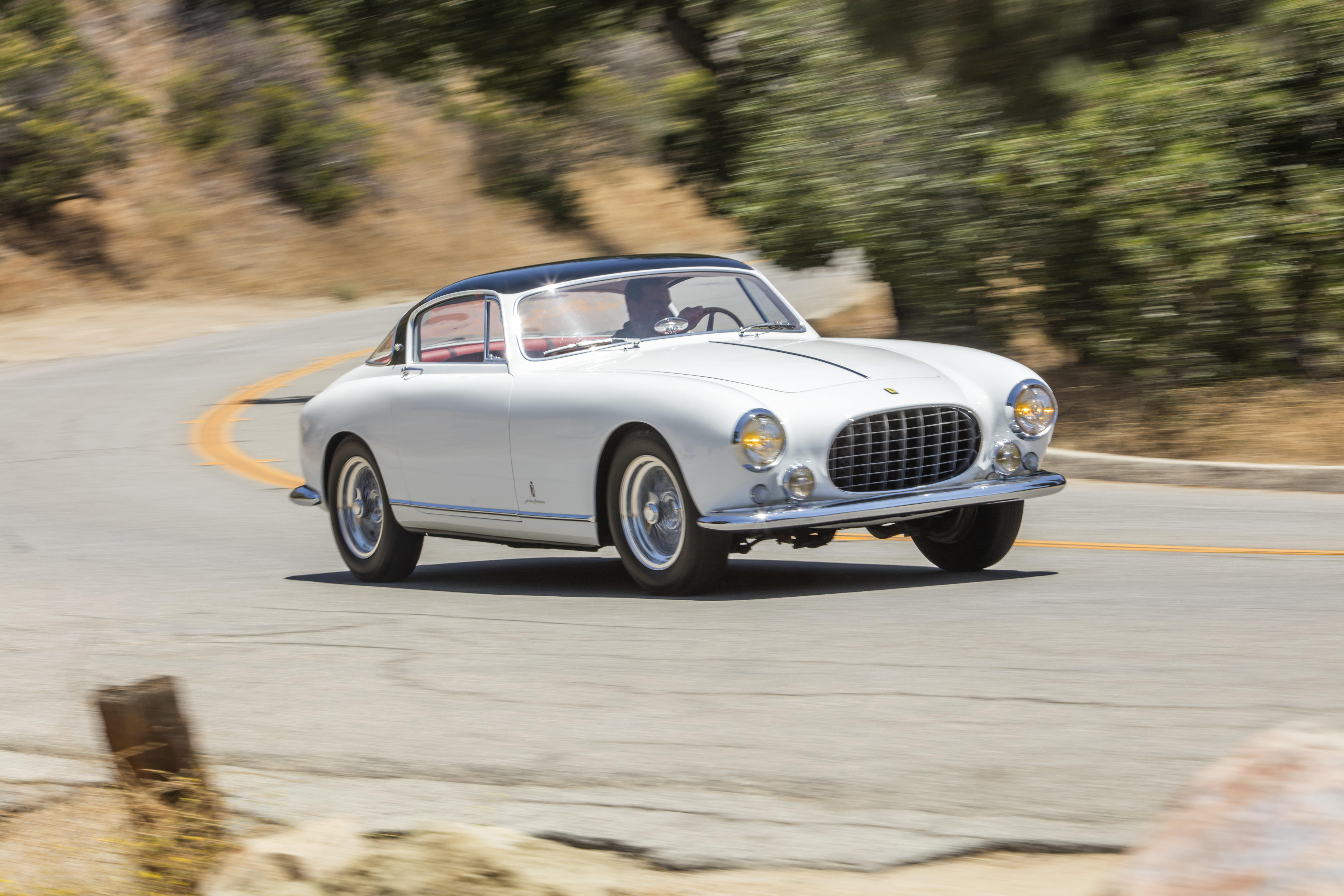


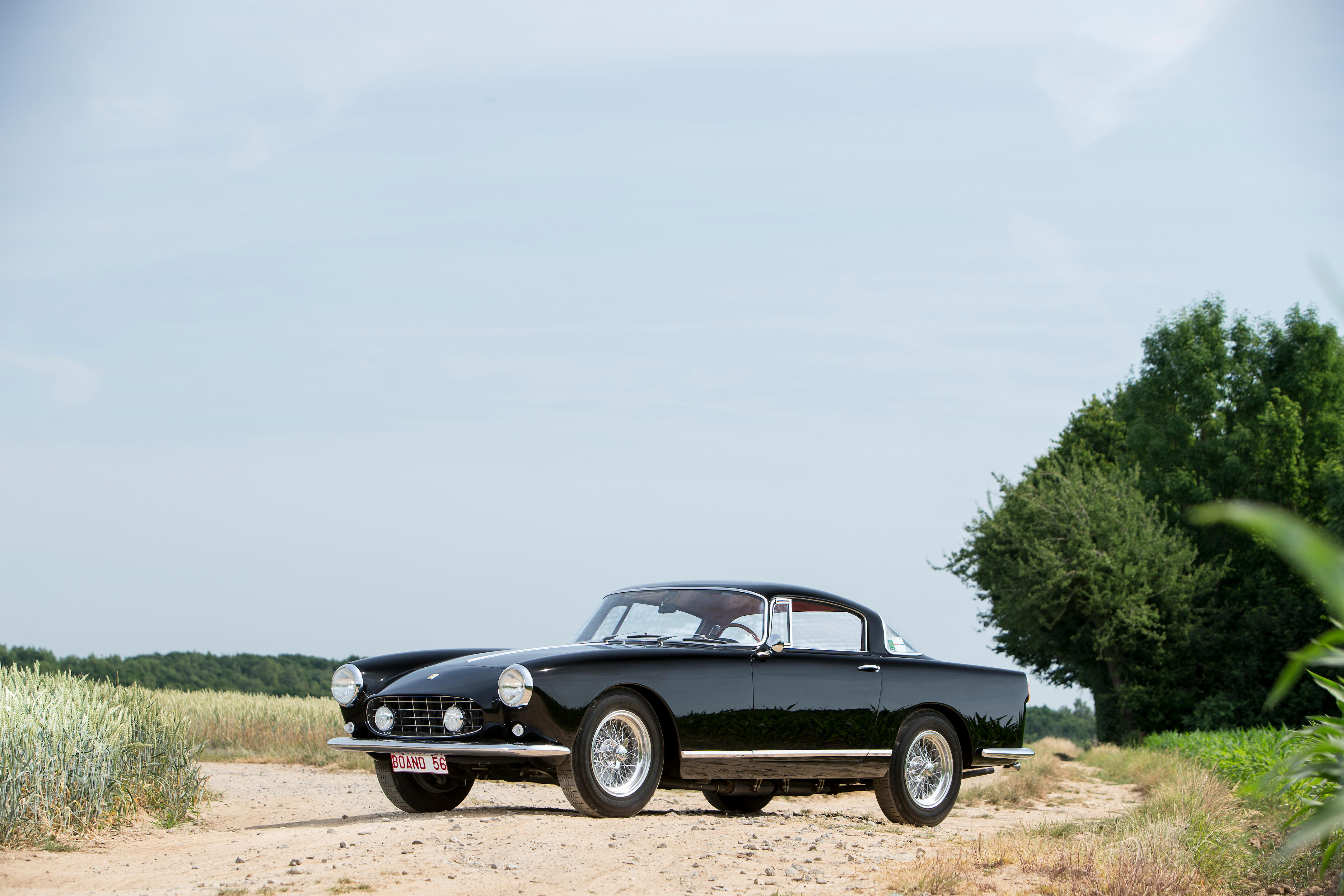
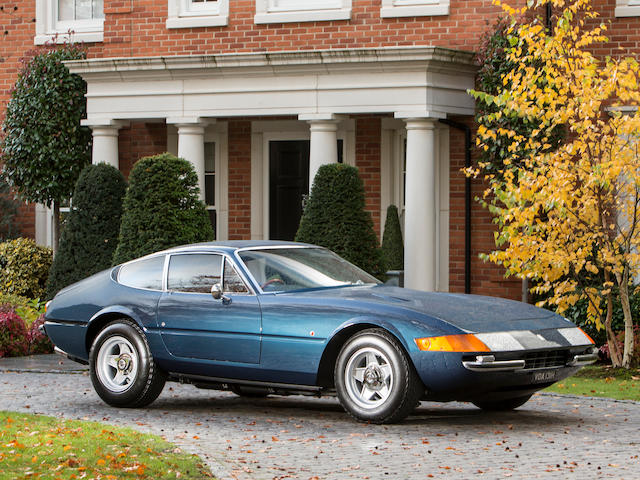
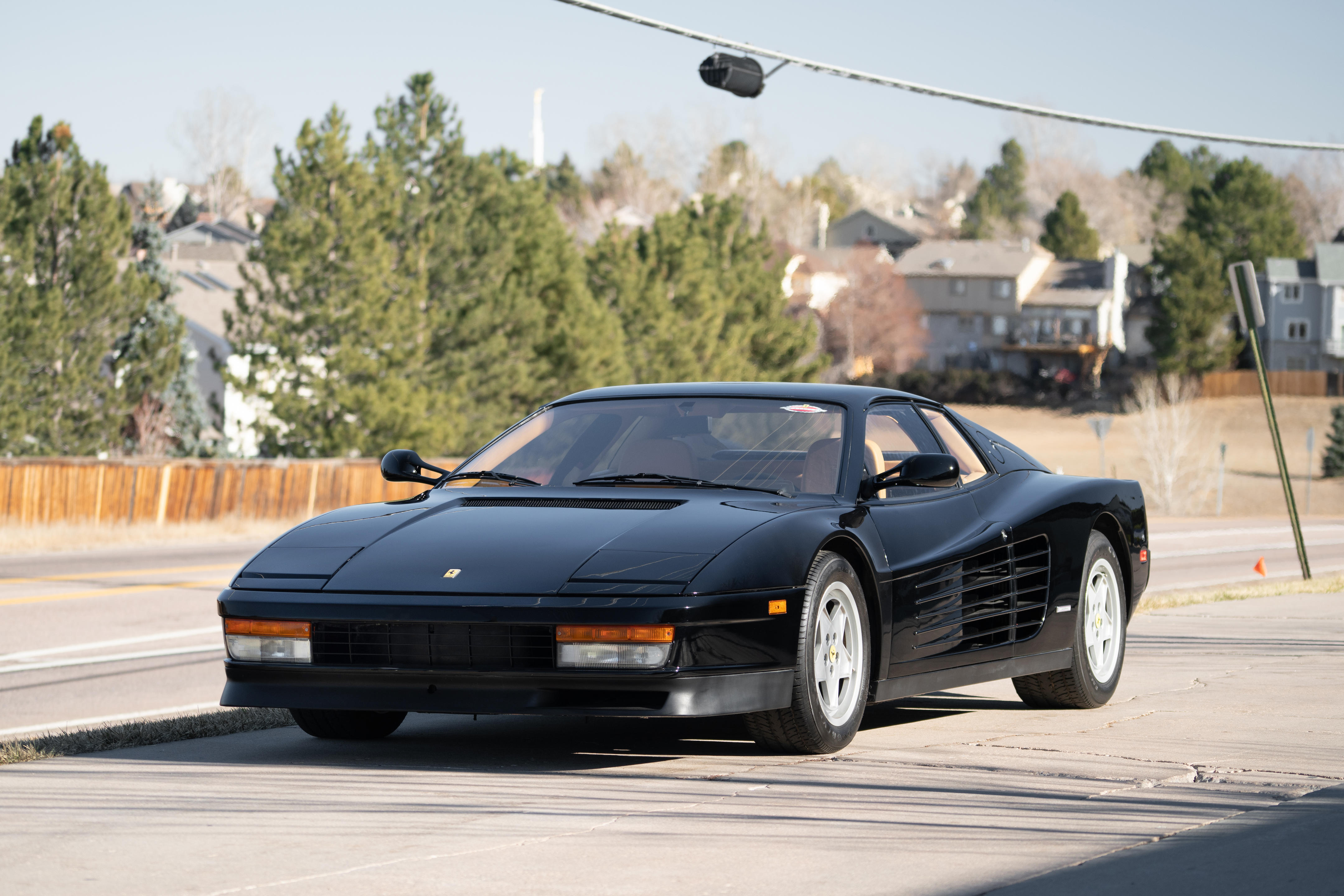




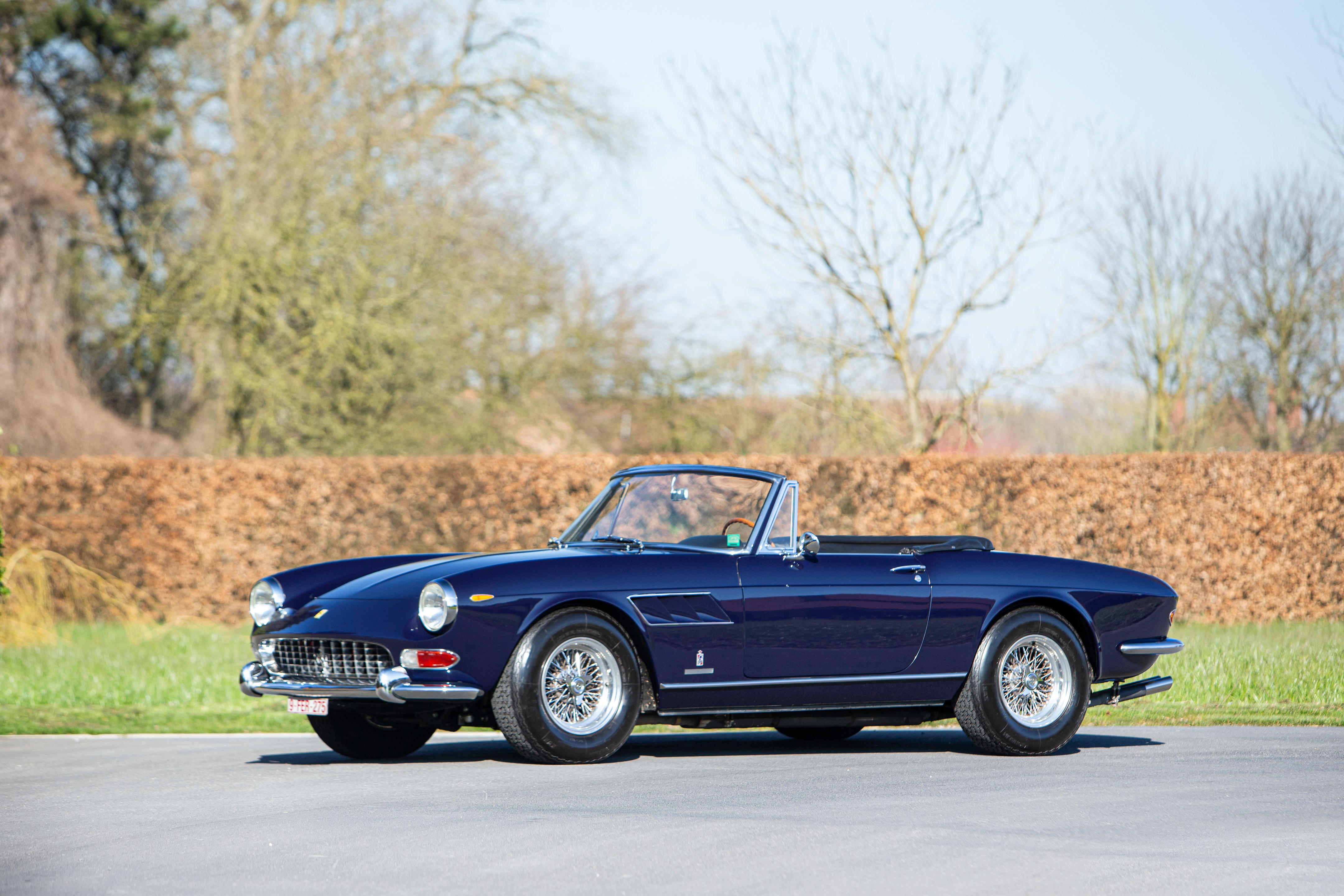

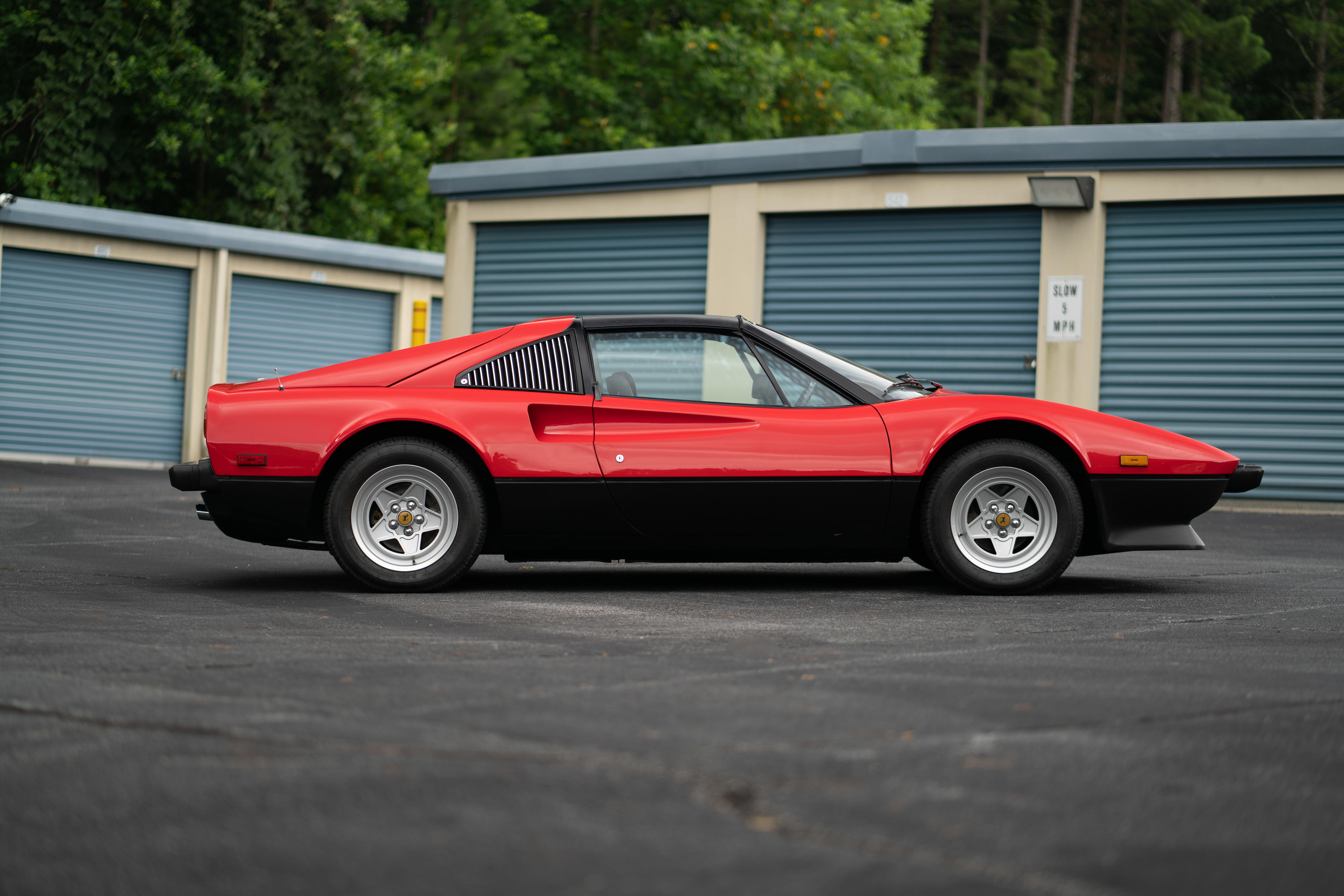
Testen Sie LotSearch und seine Premium-Features 7 Tage - ohne Kosten!
Lassen Sie sich automatisch über neue Objekte in kommenden Auktionen benachrichtigen.
Suchauftrag anlegen